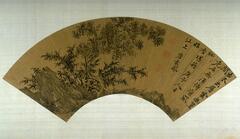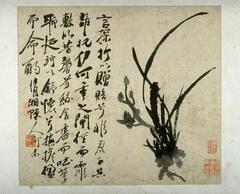114 UMMA Objects
114 UMMA Objects

Yamaguchi Soken (Sojun)
Japanese Beauty in a Red Maple Leaf Robe
1800 – 1832
Museum purchase made possible by a gift from Helmut Stern
1985/2.7

Ren Yu (Jen Yü)
God of Happiness and Attendant in the Clouds, in the style of Luo Ping
1886
Gift of Jung Ying Ts'ao, in honor of Senator Carl Levin
1987/1.276

Japanese (Japanese (culture or style))
Ôtsu-e: Demon soliciting alms (Oni no nembutsu)
18th century
Museum purchase for the James Marshall Plumer Memorial Collection
1964/2.102
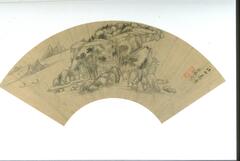
Chen Jiru (Ch'ên Chi-ju)
Remote Mountain Temple by the River
1558 – 1639
Museum purchase, Acquisition Fund
1972/2.351
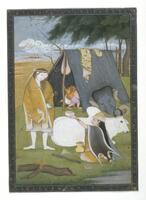
Artist Unknown, India, Punjab Hills, Kangra School
Shiva and his family
1790 – 1800
Gift of Dr. Walter R. Parker
1942.4

Japanese (Japanese (culture or style))
Courtesan Beneath a Willow Branch
1740 – 1750
Gift of Mr. and Mrs. C.D. Carter
1970/2.158
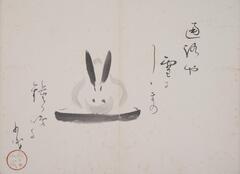
Japanese (Japanese (culture or style))
Rabbit, from a collaborative album of 11 pages
1918 – 1928
Gift of Dr. and Mrs. J. Robert Willson
1982/2.7.7
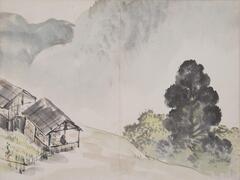
Kubota Kinsen
Enjoying the Scenery from a Mountaintop Tea House, from a collaborative album of 11Sketches
1918 – 1928
Gift of Dr. and Mrs. J. Robert Willson
1982/2.7.3
Loading…
